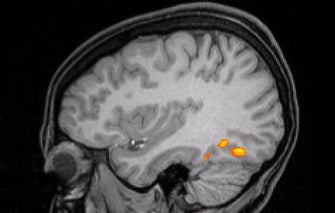Research in Systems and Cognitive Neuroscience at USC is broadly based and has the overall goal of investigating the function and structural organization of neural circuits. In the area of Systems Neuroscience, various labs are investigating how the intrinsic and synaptic properties of individual neurons combine into functional circuits in order to give rise to receptive field properties or the production of specific behaviors. In Cognitive Neuroscience, USC researchers are working to understand how the brain gives rise to complex processes such as perception, memory, emotions, creativity, and language.

The inter-disciplinary nature of the USC Neuroscience Graduate Program encourages the combination of diverse approaches to understanding neural functions, crossing both disciplines and levels of analysis. Many labs transcend Cellular, Systems and Cognitive approaches, as well as incorporating analyses and modeling techniques drawn from Computational Neuroscience. For example, work on language emphasizes psychological, linguistic, and computational approaches to the study of language acquisition, comprehension, production, and pathology. Likewise, research on learning and memory ranges from the role of synaptic plasticity in defining alterations in the functional operation of neural circuits to information processing across circuits to explain declarative memory and habit learning. In addition, Systems and Cognitive researchers working in basic science labs are intent on exploring the implications of their work for clinical applications.
USC has a particularly active group in Visual Neuroscience including approximately 15 different labs representing virtually all aspects of visual information processing, including phototransduction, visual processing from retinal to cortical levels, visuomotor integration, visual cognition, and computer vision. The host of techniques used to answer questions about visual processing is commensurately broad and includes molecular biology, neurophysiology, neuroanatomy, neuroimaging, psychophysics, and computational modeling. The new Dana and David Dornsife Cognitive Neuroscience Imaging Center features a 3 Tesla Siemens MAGNETOM Trio scanner for neuroimaging studies of visual and cognitive functions in humans.
An important strength of USC is in bringing together experimental and computational scientists in order to enhance merging theory and experiment. USC offers exceptional opportunities for students to gain exposure to both approaches, so as to provide multiple ways of thinking about their research. Joint lab metings and active journal clubs also contribute to vibrant cross-disciplinary discussion between cellular, systems, cognitive, and computational researchers.